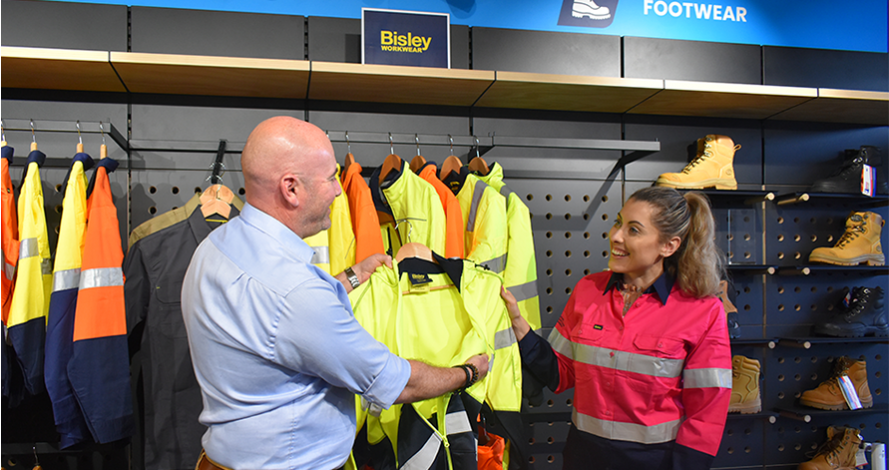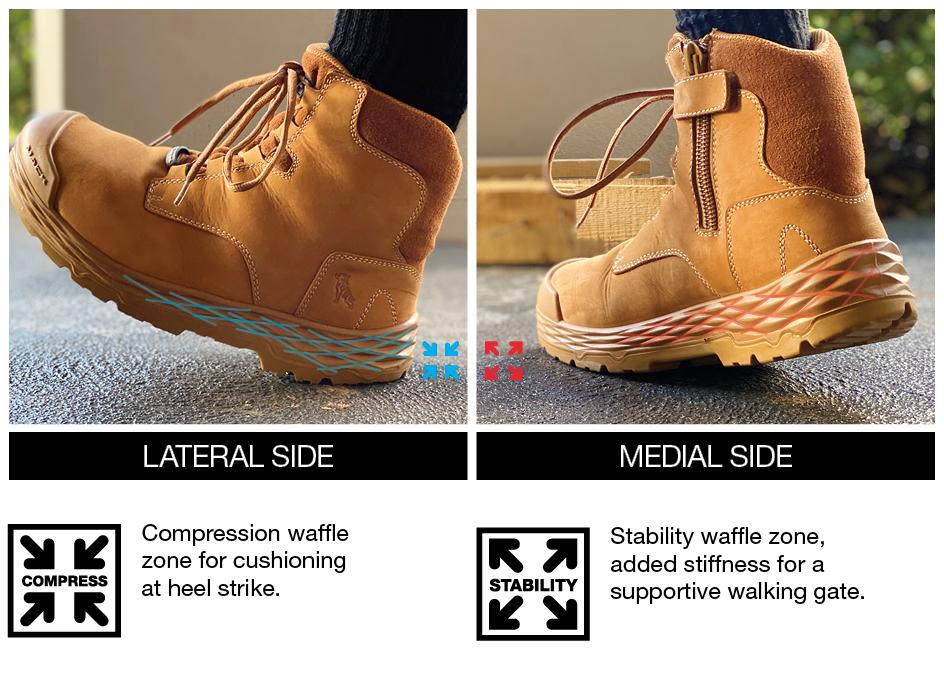There are safety features designed into workwear that many people aren’t even aware of. For instance, did you know certain industries favour different coloured workwear for specific reasons? Yellow, which is by far the most common, is the most versatile colour because it’s the brightest and provides the most contrast in a wide array of environments. Orange, on the other hand, is favoured by the maritime industry because it provides the sharpest contrast between blue and grey. If someone falls overboard, then it will be easier to spot them. Incidentally, that’s why lifeboats are also orange. Meanwhile, pink, which is a colour not commonly seen in nature, is sometimes preferred by those working in heavily forested or wooded environments. But colour is only one consideration among many when it comes to choosing the right workwear.
Industry standards
There are a few standards that legislate the workwear industry; these relate to colour, the structure of the clothing and the ability to protect against UV radiation. All workwear available for purchase at Heatleys meets these standards. Some industries and workplaces have their own standards and guidelines, so it is important to make note if this is relevant to you before making a purchase. For example, if you are involved in road traffic control, then your safety wear must be made of retroreflective and fluorescent colour material.
Different types of Hi Vis Workwear and when to wear it
One of the keyways to keep safe at work is to be visible and the most effective way to do this is to wear high visibility workwear. There are three different classes of hi vis workwear and it is vital that you wear the appropriate type depending on the conditions you are working in.
- Class D Garments – Daytime use only. Class D Garments are made from compliant fluorescent materials and are to only be worn during daylight viewing conditions, they generally are not effective under artificial light or in the dark.
- Class N Garments – Night-time use only. Class N Garments must have reflective tape that meets the required measurements and configurations. These garments can clearly be seen at night under artificial light.
- Class D/N Garments – Daytime and night-time use. These garments are made up of compliant fluorescent material and retroreflective tape. The combination of Class D and Class N features make these garments suitable for both day and night-time wear.
Working with fire
Fire resistant (FR) clothing is made of fibres that do not easily ignite when they are exposed to fire. Heatleys has an extensive range of FR garments, including coveralls, shirts, trousers and jackets. If you are working in an environment where there is a potential risk for an electrical arc-flash or flash fire then you should wear FR workwear. If you are unsure about whether you have the correct workwear based on the risks you encounter performing your duties, it is vital that you speak with your workplace’s health and safety representative.
The right workwear saves lives
It’s not always easy to find quantifiable evidence to support the claim that workwear saves lives. After all, it’s impossible to know how many accidents and how many deaths would occur if the correct workwear wasn’t being worn. Moreover, a holistic approach to health and safety is required; in other words, it’s not enough to just wear the correct PPE and clothing. You also need to educate workers about potential risks, provide them with training, ensure the work site is safe and foster a culture that prioritises health and safety as the number one concern of everyone involved in your operations.
However, it is also just a matter of simple common sense. If someone is directing traffic and you can see them clearly, then you are less likely to hit them. If someone is working with an open flame and there’s an explosion, then they’re less likely to suffer a burn injury if they wearing FR clothing.
Good health and safety practices are about identifying potential risks and intervening before they become incidents. Ensuring everyone is wearing the most appropriate workwear based on the risks they are likely to encounter is an easy, cheap and effective way of making sure you and your workers go home safely every night.

 1800-HEATLEYS
1800-HEATLEYS

